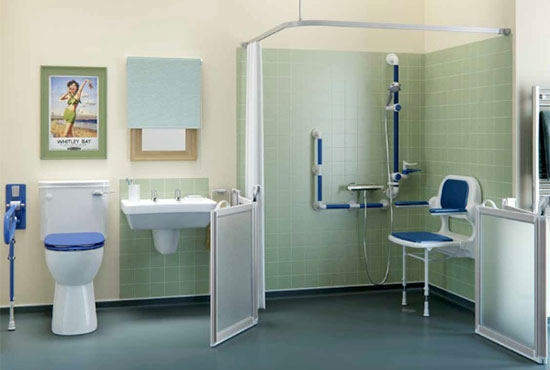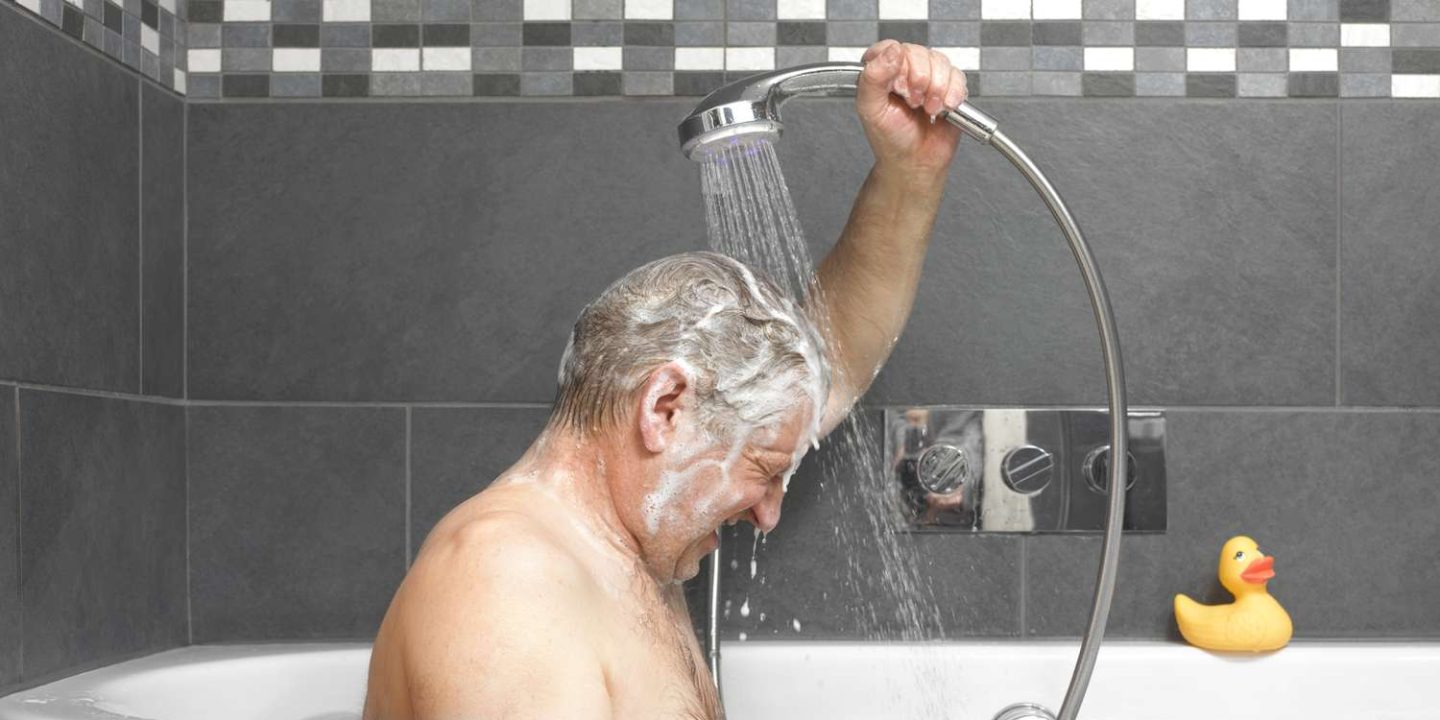Bathing a loved one with dementia can be a challenging task. In this article, we’ll explore effective strategies and tips for bathing and showering someone with dementia, ensuring their comfort, dignity, and safety. Here are detailed reviews on How to Navigate the Challenges of Bathing a Person with Dementia.
Understanding the Challenges of Bathing a Person with Dementia

For many caregivers, bathing a person with dementia is one of the most daunting tasks they face. This is mainly due to the unique difficulties that arise from the progression of the disease. Here’s what you need to know:
- Loss of independence: Dementia patients often struggle with the reality of their decreasing independence. Bathing is a deeply personal activity, and needing assistance can trigger feelings of vulnerability, embarrassment, or even resentment.
- Sensory sensitivity: Dementia can cause changes in sensory perceptions. This means that the temperature, pressure, or texture of the water might feel different to a person with dementia, leading to discomfort or fear.
- Confusion and memory loss: Due to memory problems, someone with dementia might forget why or how to bathe. The process can feel unfamiliar and frightening, leading to resistance or agitation.
Best Practices for Bathing and Showering Someone with Dementia
Now that we understand the challenges, let’s look at some strategies and tips that can make the process of bathing and showering someone with dementia more manageable and less stressful for all involved.
Prepare the Environment

A safe and comfortable environment can significantly reduce anxiety. Consider these steps:
- Ensure optimal temperature: Keep the room warm to prevent the person from feeling cold. Make sure the water is at a comfortable temperature as well.
- Non-slip mats: Use non-slip mats in the bathtub or shower to prevent falls.
- Proper lighting: Make sure the bathroom is well-lit to avoid confusion or fear of the dark.
Maintain Privacy and Dignity

Respect for the person’s dignity is paramount when bathing someone with dementia. You can:
- Use a bathrobe or towel: Cover the person’s body with a bathrobe or towel while bathing them, uncovering only the part you’re washing at the time.
- Allow for self-care: If the person is capable, allow them to do as much as they can on their own. This can help them retain a sense of independence and control.
Communicate Clearly and Reassuringly

Good communication is key. Here’s how to approach it:
- Explain what you’re doing: Always tell the person what you’re about to do before you do it. This can help lessen fear or surprise.
- Use a calm and reassuring voice: Even if the person doesn’t fully understand your words, your tone of voice can be soothing and reassuring.
- Distraction and redirection: If the person becomes agitated, try to distract them with conversation or redirect their attention to something else.
Flexibility is Key

Rigid routines can cause stress. Being flexible in your approach can help:
- Be creative with timing: Bathe the person when they’re most calm and cooperative. This could be at a different time each day.
- Alternate between baths and showers: Switching between baths and showers can offer variety and might be less overwhelming.
- Consider sponge baths: If bathing becomes too distressing, consider giving a sponge bath instead.
Utilizing Available Resources
Fortunately, numerous resources can provide further guidance on bathing a person with dementia. The Alzheimer’s Association offers comprehensive resources and advice on various aspects of dementia care, including personal hygiene.
Other resources include The National Institute on Aging, which offers information about Alzheimer’s Disease and related dementias, and The Family Caregiver Alliance, which provides support and resources for caregivers.
Training and Professional Assistance

When it comes to bathing and showering someone with dementia, there may be situations where professional assistance becomes necessary. Trained healthcare professionals can handle bathing tasks with greater ease, thereby reducing the stress on both the person with dementia and the caregiver.
Professional home health care services can provide temporary respite for caregivers, and adult day care centers often provide showering services. For more intensive assistance, consider memory care facilities or assisted living residences that specialize in dementia care.
Remember, there’s no shame in asking for help. Caregiving for a person with dementia is challenging and it’s essential to ensure you’re also taking care of your own mental and physical health.
Conclusion
Navigating the challenge of bathing a person with dementia can be stressful, but it’s not insurmountable. With understanding, patience, and the right strategies, you can help your loved one maintain their personal hygiene without compromising their comfort or dignity.
Remember, every person with dementia is unique, so what works for one might not work for another. Don’t be disheartened if you need to try different approaches before finding the one that works best. As with all aspects of dementia care, patience, compassion, and flexibility are your best allies.
Above all, ensure that you’re not alone on this journey. Reach out to professionals, utilize resources like the Alzheimer’s Association, and don’t hesitate to ask for help when you need it. With the right support, you can ensure the best possible care for your loved one while also taking care of your own well-being.
By understanding the unique challenges and learning the most effective strategies, we can make the process of bathing and showering someone with dementia less stressful and more comfortable for everyone involved.
